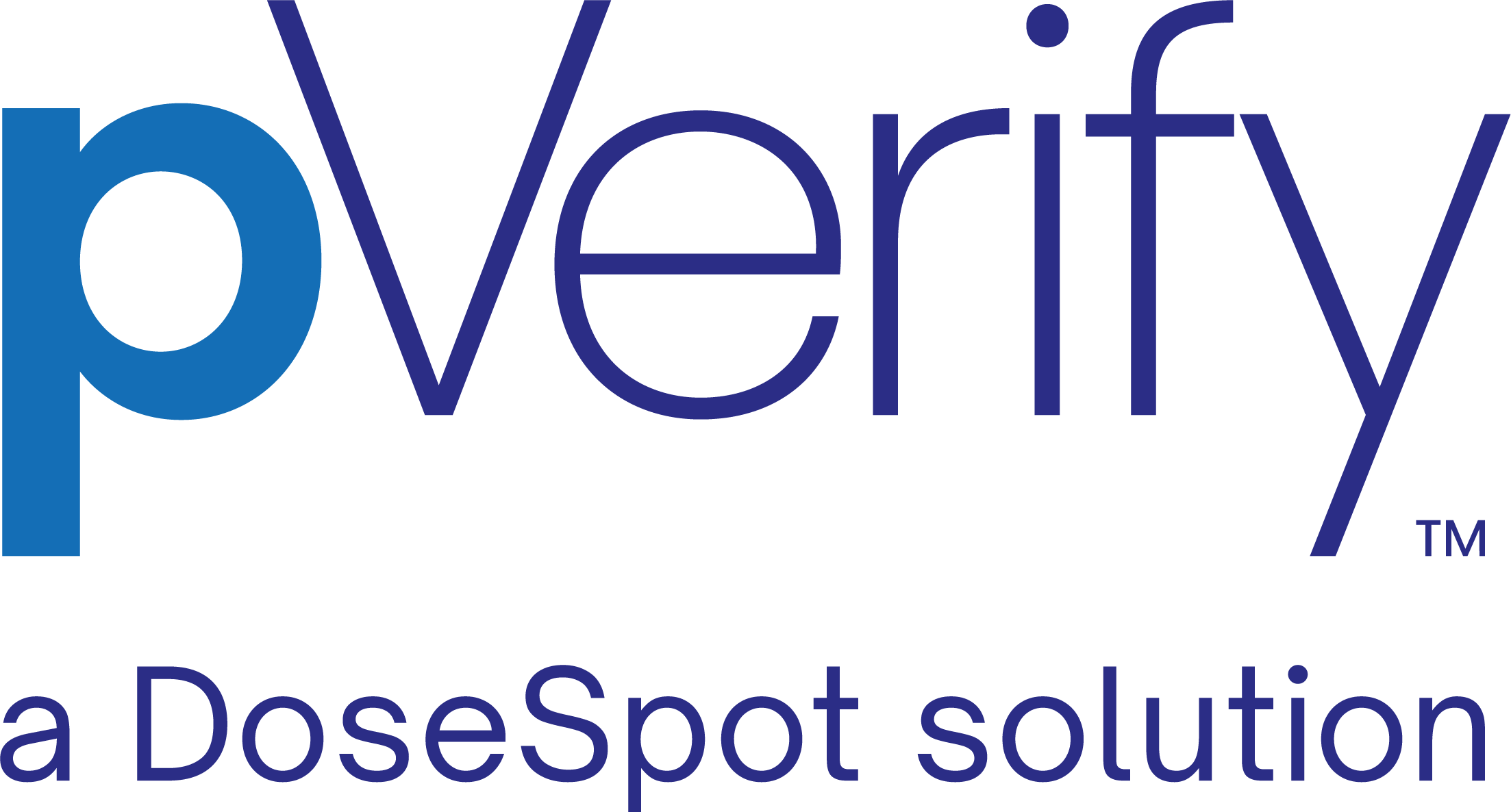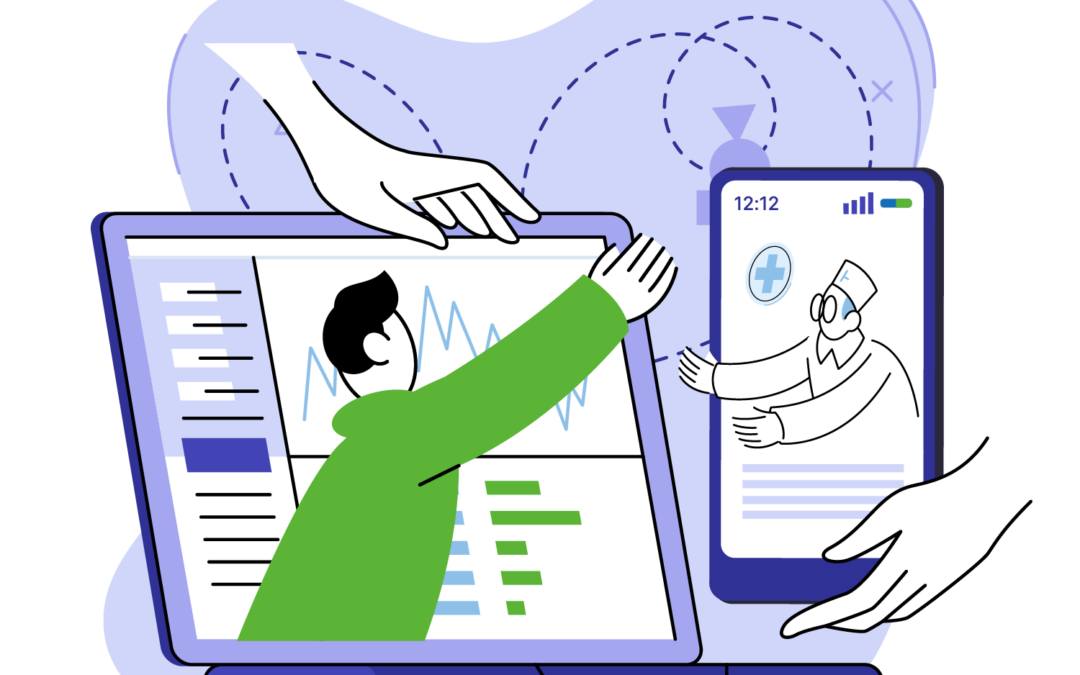In today’s rapidly evolving healthcare landscape, patient satisfaction has emerged as a critical metric for measuring the quality of care provided by healthcare institutions and providers. While compliance with regulations and standards remains essential, forward-thinking healthcare organizations now recognize the power of leveraging Application Programming Interfaces (APIs) to truly enhance patient satisfaction. This paradigm shift represents a proactive approach to healthcare delivery, where technology serves as a catalyst for improving patient experiences, fostering better communication, and, ultimately, achieving superior health outcomes.
The Power of APIs in Healthcare
APIs serve as the connective tissue of modern digital ecosystems, allowing disparate systems and applications to communicate and share data seamlessly. In healthcare, APIs offer endless opportunities to streamline processes, facilitate information exchange, and empower patients and providers.
Let’s look at insurance eligibility and verification APIs as an example:
- Streamlining processes: An eligibility and insurance verification API helps to make patient registration and onboarding more efficient by providing real-time access to insurance data. Through an API connection, the eligibility and insurance verification is completed when the appointment is scheduled. APIs allow for additional customization that ensures front-office staff can quickly and efficiently interpret coverage information, saving time and protecting revenue due to fewer resulting errors.
- Facilitate information exchange: An insurance eligibility API streamlines the data exchange between a database or clearinghouse of insurance information and the healthcare provider, enabling seamless interoperability and improving efficiency in administrative processes.
- Empowering patients and providers: Consider a scenario where a patient needs to see a physical therapist regularly. The physical therapist can retrieve the patient’s insurance status, co-pay obligations, deductible information, and remaining covered visits through an insurance eligibility API connection. Access to this real-time information is critical to ensure the patient is aware of their financial obligations and the therapist isn’t providing treatment that won’t be covered.
Enhance Patient Satisfaction Through Interoperability
By harnessing the capabilities of APIs, healthcare organizations can unlock innovative solutions that make operations more efficient, protect revenue, and revolutionize patient care delivery.
One of the primary ways that APIs contribute to enhanced patient satisfaction is by facilitating interoperability among different healthcare systems. Traditionally, healthcare data has been siloed within proprietary systems, making it challenging for patients and providers to access comprehensive medical information when needed. APIs enable the seamless integration of electronic health records (EHRs), medical devices, wearables, and other health-related applications, ensuring that critical data is available at the point of care. his interoperability improves clinical decision-making and enhances patient engagement by providing individuals with a holistic view of their health information.
Furthermore, APIs empower patients to take a more active role in managing their health and wellness journey. Through patient-facing applications and portals powered by APIs, individuals can securely access their medical records, schedule appointments, request prescription refills, and communicate with their healthcare providers in real-time. This increased transparency and accessibility foster trust between patients and providers and empower patients to make informed decisions about their healthcare.
Personalize the Patient Experience
Moreover, APIs enable healthcare organizations to personalize the patient experience. By leveraging data, analytics, and machine learning algorithms, APIs can provide patient data to identify trends, predict health risks, and personalize treatment plans. For example, APIs can integrate with wearable devices to remotely monitor patients’ vital signs and provide personalized health recommendations based on real-time data. This level of customization demonstrates a deep understanding of patients’ unique circumstances and can help foster a sense of connection between patients and providers.
In addition to improving patient outcomes, leveraging APIs can optimize operational efficiency within healthcare organizations, leading to cost savings and resource optimization. By automating routine tasks, such as appointment scheduling and insurance verification, APIs free up valuable time for healthcare staff to focus on delivering high-quality patient care. Further exploring the insurance eligibility and discovery example mentioned above, nearly 20% of all claims are denied, rejected, or underpaid, which requires long hours of follow-up by staff. By having real-time insurance eligibility API connections that can access thousands of insurance payers, your front office staff will have the correct insurance information at check-in, ensuring transparency for patients and providers as to what treatments will be covered.
Collaborate and Reduce Errors
APIs can also help with improved communication and collaboration among healthcare providers, enabling interdisciplinary care teams to coordinate efforts and deliver integrated care plans. This interdisciplinary approach improves care coordination and reduces the likelihood of errors and duplicative services, ultimately enhancing the overall patient experience.
However, it is crucial to recognize that the successful implementation of APIs in healthcare requires careful consideration of various factors, including data security, privacy, and regulatory compliance. Healthcare providers must prioritize the protection of sensitive patient information and adhere to industry standards and regulations, such as the Health Insurance Portability and Accountability Act (HIPAA) in the United States. Moreover, robust authentication and authorization mechanisms must be implemented to ensure only authorized users can access patient data through APIs.
As always, getting patients involved as healthcare organizations leverage patient-facing API-driven solutions is critical to ensuring that the design and usability aligns with patient preferences, needs, and expectations. This patient-centered approach enhances the usability and effectiveness of API-driven solutions and creates a sense of ownership and trust among patients.
In summary, leveraging APIs represents a transformative opportunity for healthcare organizations to move beyond mere compliance and enhance patient satisfaction. By facilitating interoperability, empowering patients, personalizing experiences, and optimizing operations, APIs can revolutionize healthcare service delivery and improve patient outcomes. However, realizing the full potential of APIs requires a concerted effort to address data security, privacy and regulatory concerns while actively involving patients in the design and implementation process. Ultimately, by embracing APIs as a catalyst for innovation, healthcare organizations can create a more patient-centric healthcare ecosystem that prioritizes the needs and preferences of individuals, leading to higher levels of satisfaction and better outcomes for all.
Learn why industry leaders choose pVerify’s eligibility verification APIs. Contact our team of experts to
schedule a demo today.

